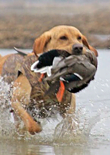
How Hunting Dogs Hunt in the Wild
By Sally Gutteridge | Breeds , Posts
 Hunting dogs have 25 times more smell receptors than humans do and can smell odors at concentrations that are 100 million times lower than what we can. This great sense of smell is what enables hunting dogs to hunt very well in the wild. We all know that domesticated dogs get their food from their owners, but how do hunting dogs in the wild hunt for their food?
Hunting dogs have 25 times more smell receptors than humans do and can smell odors at concentrations that are 100 million times lower than what we can. This great sense of smell is what enables hunting dogs to hunt very well in the wild. We all know that domesticated dogs get their food from their owners, but how do hunting dogs in the wild hunt for their food?
There are many types of hunting dogs that hunt naturally in the wild, and they all have different hunting techniques. However, most of them follow a general hunting procedure of hunting in a pack. One of the most avid hunting dogs would be the wolves. Understanding how wolves hunt in the wild will provide insight on how other dogs hunt also.
Not only do wolves have a great sense of smell, they’re physically built for hunting in the wild. They have strong, long legs that can outrun the fastest prey and tough jaws to chew up their victim. Their fur also blends into the background making them invisible to their unwitting prey. Besides all that, wolves also have three layers of fur making water run off their fur like they’re waterproof. Not even a group of hunters could out hunt a single wolf.
Even with all this equipment for hunting in the wild, wolves never hunt alone. Instead, they hunt in packs led by the alpha dog or leader of the pack. The alpha dog is the strongest of them all and is like the king. All the other wolves must listen to the alpha during a hunt.
Before a hunt initiates, the pack howls together to warn other packs to stay off their territory. The pack will then search for prey until they find a good victim. Once they find a good meal, the pack then moves in from the opposite direction the wind is blowing. This way the animal will not smell the wolves advancing on it. Once they get close enough to the prey, the chase initiates. A lot of the times the wolves will travel in a single-file.
If the hunt is successful, the wolves will then weaken it by biting the sides of the animal. When the animal is weak enough, the final blow will be given by delivering a strike the throat. Then the wolves feast on their catch. If the hunt is unsuccessful, the pack will then search for another animal. Contrary to popular belief, wolves can go without food for weeks at a time.
Besides wolves, there are many domesticated dogs can be hunting dogs and become an asset to hunters. Some popular breeds that aide hunters include: Terriers, Retrievers, and Spaniels. With the right training, your dog can help you during your hunting expeditions.
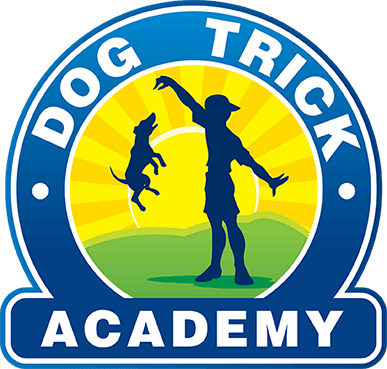

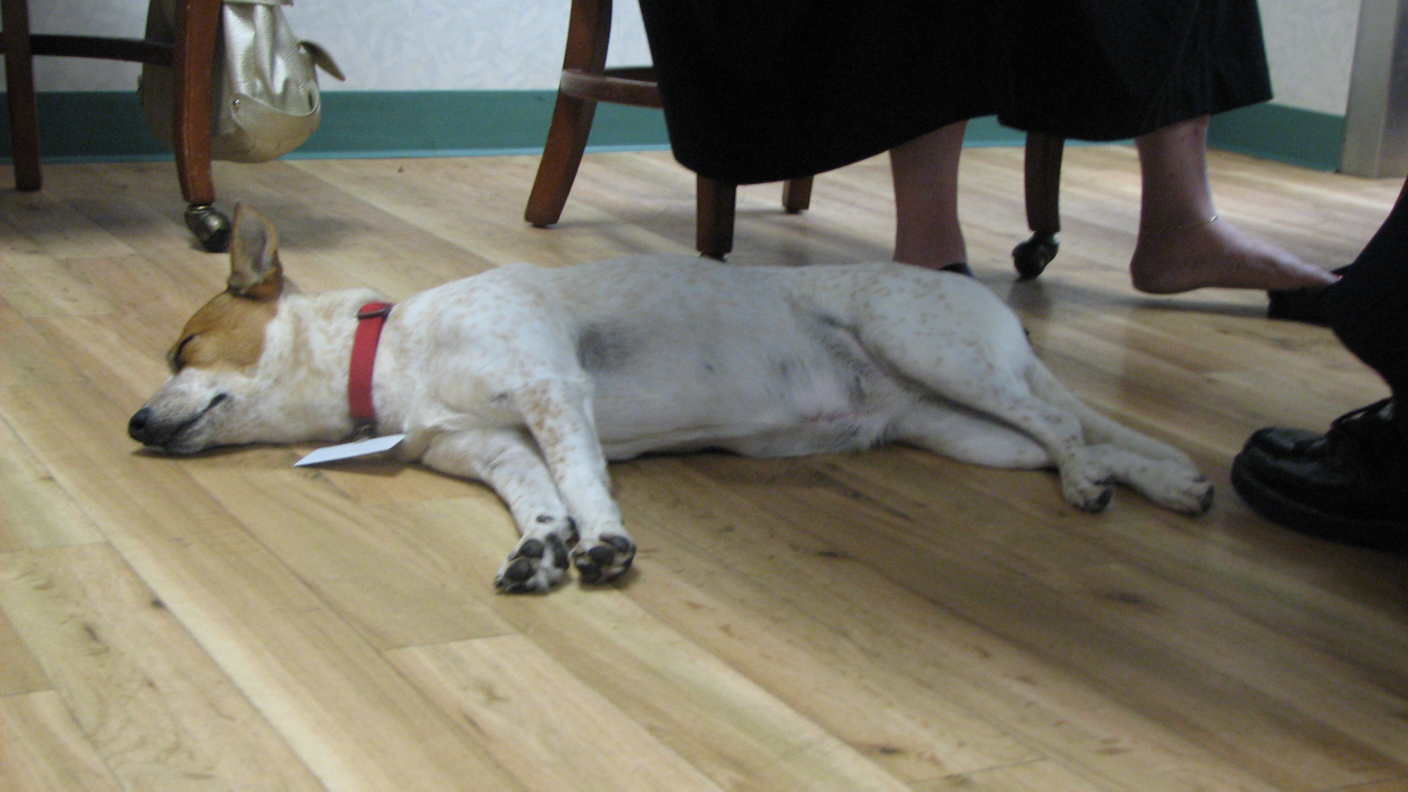

 Are you a new dog owner looking for information on how to take care of a dog? I have written this short article specifically for you so that you can give him the care and love that he needs to thrive in your home and bring you as much joy as possible.
Are you a new dog owner looking for information on how to take care of a dog? I have written this short article specifically for you so that you can give him the care and love that he needs to thrive in your home and bring you as much joy as possible.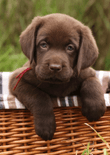
 Getting a puppy is an exciting addition to a family. They are adorable and warm. They snuggle and cuddle and seem to do everything right. Unfortunately, this is not all there is to puppies. Getting a puppy is a lot of work, and they don’t stay little and cute forever.
Getting a puppy is an exciting addition to a family. They are adorable and warm. They snuggle and cuddle and seem to do everything right. Unfortunately, this is not all there is to puppies. Getting a puppy is a lot of work, and they don’t stay little and cute forever.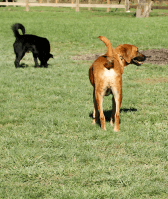
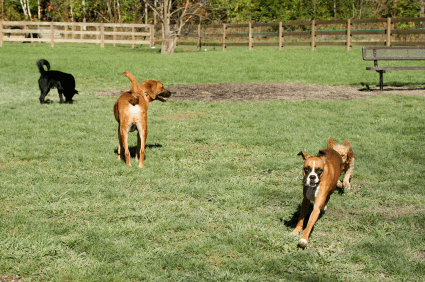 Your dog is learning each and every waking minute and maybe even when it sleeps. It may well figure out a good spot to sleep without getting disturbed. Either way, your dog will waste no opportunity in learning something; it knows no other way.
Your dog is learning each and every waking minute and maybe even when it sleeps. It may well figure out a good spot to sleep without getting disturbed. Either way, your dog will waste no opportunity in learning something; it knows no other way.

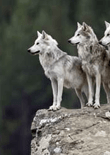

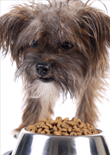
 Dogs have learned throughout their many years of existence that they must protect their resources, such as food, in order to survive. They’ve learned that they could easily keep other dogs from eating their food by growling, showing teethes, snapping or even biting other dogs that came too close to their food.
Dogs have learned throughout their many years of existence that they must protect their resources, such as food, in order to survive. They’ve learned that they could easily keep other dogs from eating their food by growling, showing teethes, snapping or even biting other dogs that came too close to their food.
 Leashes come in many different materials. The most popular leash today is the nylon leash. Its low price tag, along with the variety of colors and designs makes it a popular item amongst dog owners. They are used in every day situations as well as dog training.
Leashes come in many different materials. The most popular leash today is the nylon leash. Its low price tag, along with the variety of colors and designs makes it a popular item amongst dog owners. They are used in every day situations as well as dog training. But for those of you who want the absolute best, the leash of choice is made of leather. These leashes are more attractive, but most importantly, they are superior in strength and are much easier to hold a grip.
But for those of you who want the absolute best, the leash of choice is made of leather. These leashes are more attractive, but most importantly, they are superior in strength and are much easier to hold a grip. There are also leashes made out of cotton, which are also easier on the hands than nylon, especially if the dog tends to pull. Cotton leashes can be bought in very long lengths, some up to 30-feet long, making them ideal for training outside or in any unenclosed outside areas.
There are also leashes made out of cotton, which are also easier on the hands than nylon, especially if the dog tends to pull. Cotton leashes can be bought in very long lengths, some up to 30-feet long, making them ideal for training outside or in any unenclosed outside areas. Retractable leashes have gained popularity in the last few years. They have a unique feature to extend and retract automatically while the dog moves around. This gives the dog more space and freedom to walk while avoiding the leash from getting tangled in his legs. These leashes are usually higher priced than regular nylon leashes.
Retractable leashes have gained popularity in the last few years. They have a unique feature to extend and retract automatically while the dog moves around. This gives the dog more space and freedom to walk while avoiding the leash from getting tangled in his legs. These leashes are usually higher priced than regular nylon leashes. When training agility equipment or any other activity that involves obstacles, it’s often recommended that people use a training tab or a short leash of about 8 inches long. The reason for using these short leashes is to avoid the dog from getting caught in the obstacles or in his legs, while still allowing you some control over the dog if the need ever arises. It is very useful when beginning training your dog as you can use the leash to lead him through an obstacle or catch him before he runs off.
When training agility equipment or any other activity that involves obstacles, it’s often recommended that people use a training tab or a short leash of about 8 inches long. The reason for using these short leashes is to avoid the dog from getting caught in the obstacles or in his legs, while still allowing you some control over the dog if the need ever arises. It is very useful when beginning training your dog as you can use the leash to lead him through an obstacle or catch him before he runs off.
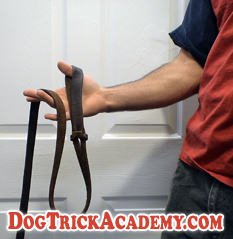


 The Mini Husky has emerged on the scene in recent years as a smaller companion sized version of the Siberian husky. The Mini Husky has been well received by dog owners as a more feasible alternative to their standard sized counterparts. However the debut of this diminutive little dog has not been without controversy.
The Mini Husky has emerged on the scene in recent years as a smaller companion sized version of the Siberian husky. The Mini Husky has been well received by dog owners as a more feasible alternative to their standard sized counterparts. However the debut of this diminutive little dog has not been without controversy.